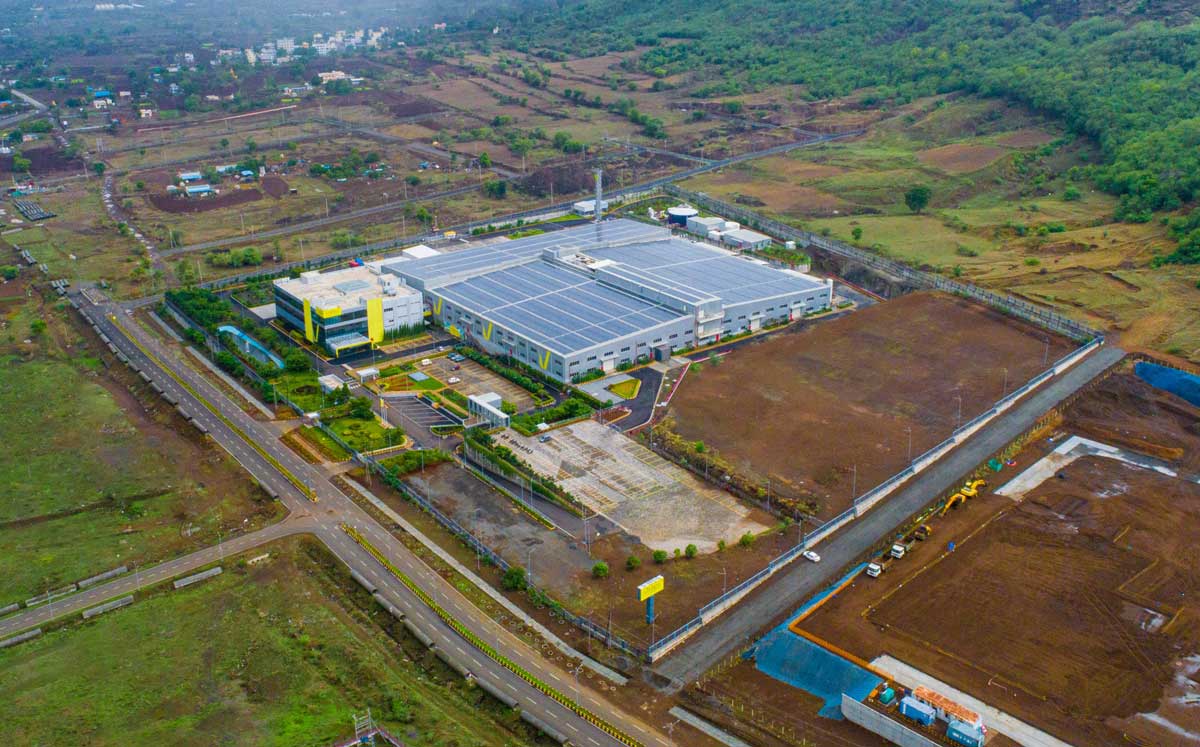Vitesco’s Talegaon unit is Green by Choice
01 Jan 2023

Vitesco Technologies is a leading provider of contemporary drive technologies and electrification solutions for sustainable mobility. The company has consistently adopted sustainable solutions with the aim of being completely carbon neutral by 2023. Its manufacturing facility in Talegaon is India's largest industrial manufacturing operation to receive the GOLD Certification, says Anurag Garg, Managing Director & Country Head, Vitesco Technologies, India, as he shares more details with CW.
Parameters for GOLD
The state-of-the-art manufacturing facility has adopted green refrigerant, which helps in the reduction of fossil fuel use. We have achieved emission neutrality with EAC (energy attribute certifications with Internal REC standards). Green initiatives like employee commuting, carpooling and flexible working hours have been adopted within the plant limits. We have also built envelope sustainability practices like renewable energy use and reuse of water and waste. All these factors have led to the plant being awarded modest ratings.
Green interventions
The cutting-edge plant in Talegaon, Pune, is a setup where renewable energy sources are used to meet the grid demand. Photovoltaic systems have been installed, generating 3 gwh of solar energy. The installed capacity that was 2.6 mw is now nearing 3.6 mw. We aim to establish 100 per cent carbon-neutral operations under the 2030 decarbonisation roadmap. The plant has UV lights installed to eliminate hazardous chemicals under the waste efficiency programme. This has resulted in savings of up to 750 lof sodium hypochlorite per annum. A water-cooled chiller has been installed for plant temperature optimisation under the energy efficiency programme. This has helped us achieve annual savings of 345 mwhper 247 t CO2e (carbon dioxide equivalent). The close-loop water system for the brazing oven allows automatic switching of water pumps by controlling the temperature. This has led to savings of 725 mwhper 526 t CO2e. The STP grey water utilisation technique under the water efficiency programme has allowed savings of 15,500 cum of water per year. The infrastructure has been developed with green sustainable initiatives,including development of vegetation areas, natural water harvesting with water bodies, recycling and reuse of domestic water.
Maintaining air quality
All shop floors and building offices are suited for better air quality with additional efforts of centralising the HVAC system. We comply with local and international standards of air quality like ISO, Class 8, ASHRAE, DISH and MPCB. Additionally, an air-quality check is done to ensure purity and sustenance. Efforts have been put in to provide natural ventilation in the perimeter spaces of production units, including the penthouse and mezzanine floor levels 1 and 2. Along with this, we have conducted a heat island reduction programme with locally developed vegetation areas.
Plans to achieve 100 per cent carbon neutrality by 2023
We have taken important steps to reach100 per cent carbon neutrality by the end of 2023. The plant has fully established itself as a driver of sustainability. It will continue to operate at a carbon-neutral level. The facility has adopted a green refrigerant that helps in reduction of fossil fuel use. Other green initiatives and envelope sustainability practices as mentioned above have been adopted.
Sustainable solutions and their impact
BECIS (Berkeley Energy Commercial Industrial Solutions) has partnered with us to provide energy optimisation solutions like the optimisation of 2 × 950 TR water-cooled chillers and EV charging stations. With this, we are expected to save 40,000 units of electricity manually. We recently commissioned a 2.6 mwp solar rooftop project generating 3 GWh of solar energy, and aim to increase the gwh numbers in the future. This has enabled us to achieve LEED GOLD certification from GBCI India. In terms of productivity, opting for sustainability solutions certainly creates a positive impact. Natural lighting, good air quality and an ergonomics programme will help enhance employee work efficiency. Cost reduction in energy will support productivity along with a high probability of equipment uptime improvement.
Related Stories

